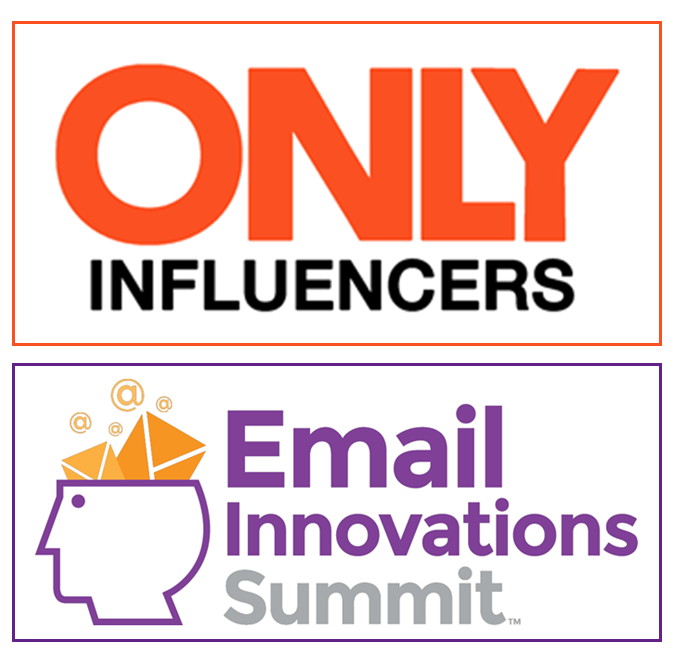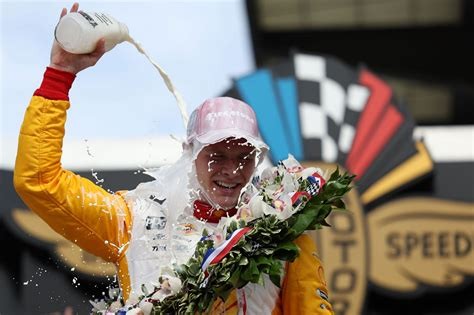In the last couple of months, I’ve had the privilege of helping a number of companies improve the performance of their email drip series, or multi-effort email campaigns, as they are also called. One consistent weak spot: the message map that drives these campaigns. Here are a few tips…
It’s so nice to see email marketers take the leap from single sends to automated drip series campaigns! A post I wrote and published back in 2017 called ‘Setting the Stage for a Successful Email Marketing Automation Campaign‘ has been getting a lot of attention lately, mainly I think for the flow chart diagram in it.
But in addition to that, you need an effective message map to create a successful campaign. A message map defines the key message in each email, so that, while they work together toward a common goal, the specific message in each is different.
I’ve seen email marketers trying to follow this strategy, but not being successful. After reviewing and revamping a few of them, I realized the misunderstanding.
Here’s an example I created to illustrate the issue (this is an illustration, none of the clients are in the travel industry, but they offer products and services which are different but related to each other, as in this example).

In this example we have the offerings — a rail ticket to travel Norway, along with options for basic or luxury hotel stays at each stop on your trip. As you can see, the value of the offers for each of these items decreases as the time of departure approaches. This is common.
The products actually being marketed by my clients had the same offers or price points throughout the course of the drip campaign. So instead of differentiating each effort by offer, they differentiated them by offering. Using the example above, their drip campaign message map looked something like this:

Can you see the problem? None of the email messages include all of the offerings.
Now put yourself in the recipient’s shoes.
The first email only talks about the train, not the hotel options. I might get the first email and, although I was tempted, not book the train because I don’t have the time to figure out hotels at each stop on the trip. Or I might book the train on the first email, and then dive into finding my own hotels at each stop. Either way, the company sending the email is leaving revenue on the table.
Now let’s talk about the second email. Let’s say I didn’t book after the first email and I am very happy to see the hotel options. They aren’t really what I had in mind for my vacation, I prefer to stay at more premium places, but I book anyway. Or maybe I want to book — but I have a picky spouse who nixes the idea because the hotels aren’t nice enough. Either way, the client has left money on the table, since showing the luxury hotel options would have resulted in a more expensive sale in the first case above, or a sale where there would not have been one in the second case.
Now let’s talk about the third email. If I can’t afford premium hotels I won’t buy because the basic hotels aren’t included here. I may not just buy the pass for the train. And if I did purchase the basic hotel package based on the seeing the second email and now I see the premium package — I will not be a happy camper. Again, money on the table and the potential for unhappy customers, even before the trip has begun.
One more thing — let’s talk about open rates. Open rates in the United States average about 30% per send — so there’s a chance that a person on your list will see all of these. Or there’s a chance they will see only one, or only two. So in addition to the timing of the offers being an issue, you can’t assume that everyone on your list will see all of them.

Put another way, if your product and service offerings are related, you don’t want to use them as ways to differentiate your drip campaign email messages. You need something else.
Here’s an example of a message map I created and used for a client’s multi-effort email series a while back.

Here my client had multiple service offerings, but they all went toward a single goal, helping the recipients do their jobs more efficiently and more effectively. We identified four key elements of this:
- Speed
- Value
- Transparency
- Accountability
And we dedicated an email in the series to speak about each in depth. Then we book-ended’ those with two emails that covered all four attributes, but each in a very brief way.
This is my standard formula for multi-effort email series. And here’s why.
My former father-in-law was a professor, and when I started speaking at industry events, his advice was:
- Tell them what you’re going to tell them, then
- Tell them, then
- Tell them what you told them
It was great advice, and now that I am following in his footsteps as a professor at Georgetown University (I am an adjunct, he was full-time, but still), I realize that even more.
So if you look at the message map, it basically follows my former father-in-law’s advice.
- Share your key messages, with a brief bit about each
- Give each key message it’s own email, so you can go into more detail
- Summarize your key messages again, with a brief bit about each
Make sense?
So the next time you’re developing a message map for a multi-effort email series, be sure to think about how you are differentiating each effort.
Let me know how it goes!
jj






